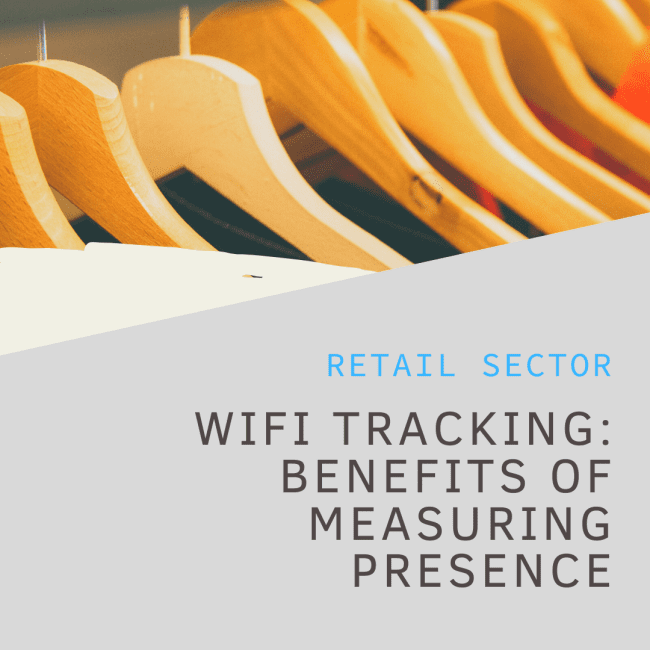In today’s fiercely competitive landscape, personalization in retail has emerged as a crucial strategy for businesses aiming to enhance customer engagement and drive sales. From tailored product recommendations to customized marketing messages, personalization initiatives can significantly influence consumer behavior and brand perception. However, the challenge lies in quantifying the return on investment (ROI) of these efforts effectively.
In this article, we delve into the realm of personalization in retail, exploring how businesses can measure its impact and optimize their strategies for maximum ROI.
Quantifying the Impact of Personalization in Retail
Personalization initiatives encompass a wide array of strategies, including targeted email campaigns, personalized product recommendations, and individualized shopping experiences. To measure the ROI of these efforts, retailers must first identify the key metrics that reflect the effectiveness of personalization. These metrics may include:
- Sales Conversion Rates: Tracking the percentage of visitors who make a purchase after receiving personalized recommendations or offers.
- Average Order Value (AOV): Analyzing whether personalized product suggestions lead to higher transaction amounts per customer.
- Customer Lifetime Value (CLV): Assessing the long-term value generated from personalized interactions and whether they contribute to repeat purchases and loyalty.
- Customer Satisfaction Scores: Surveying customers to gauge their satisfaction levels with personalized experiences compared to generic ones.
- Retention Rates: Examining whether personalized engagement efforts result in higher customer retention and reduced churn rates.
By analyzing these metrics over time, retailers can gain insights into the tangible impact of personalization on their bottom line, customer satisfaction, and brand loyalty.
Key Performance Indicators (KPIs) and Analytical Tools
Effectively measuring the ROI of personalization requires robust analytical tools and a comprehensive understanding of key performance indicators. Some essential KPIs for assessing personalization ROI include:
- Personalization Lift: Calculating the incremental revenue generated by personalization efforts compared to generic marketing approaches.
- Segmentation Effectiveness: Evaluating the performance of personalized campaigns across different customer segments based on demographics, behavior, or preferences.
- Engagement Metrics: Monitoring metrics such as dwell time to gauge the effectiveness of personalized content and recommendations.
- A/B Testing Results: Conducting experiments to compare the performance of personalized versus non-personalized experiences and identifying the optimal strategies for driving conversions and engagement.
To facilitate data-driven decision-making, retailers can leverage advanced analytics platforms and customer relationship management (CRM) systems that offer robust segmentation capabilities, predictive analytics, and real-time reporting. These tools enable retailers to continuously refine their personalization strategies based on actionable insights derived from data analysis.
Challenges and Future Trends
While personalization holds immense potential for retailers, it also presents several challenges, including data privacy concerns, technology integration complexities, and the need for personalized content at scale. Addressing these challenges requires a holistic approach that combines technological innovation with ethical considerations and customer-centricity.
Looking ahead, the future of personalization in retail is poised for further evolution, driven by advancements in artificial intelligence (AI), machine learning, and data analytics. Retailers are increasingly adopting AI-powered personalization solutions that can analyze vast amounts of customer data in real time, predict purchasing behaviors, and deliver hyper-personalized experiences across multiple channels.
The power of Personalization in Retail
In conclusion, measuring the ROI of personalization in retail requires a multifaceted approach that encompasses both quantitative metrics and qualitative feedback. By leveraging the right analytical tools and performance indicators, retailers can gain a deeper understanding of how personalization initiatives impact sales, customer satisfaction, and brand loyalty. Ultimately, optimizing personalization strategies based on data-driven insights is essential for staying competitive in today’s dynamic retail landscape. As technology continues to evolve and consumer expectations evolve, retailers must remain agile and innovative in their approach to personalization to deliver exceptional customer experiences and drive sustainable growth.
This comprehensive approach to measuring and optimizing the ROI of personalization will empower retailers to unlock new opportunities for revenue growth, customer engagement, and long-term loyalty in an increasingly competitive marketplace.







